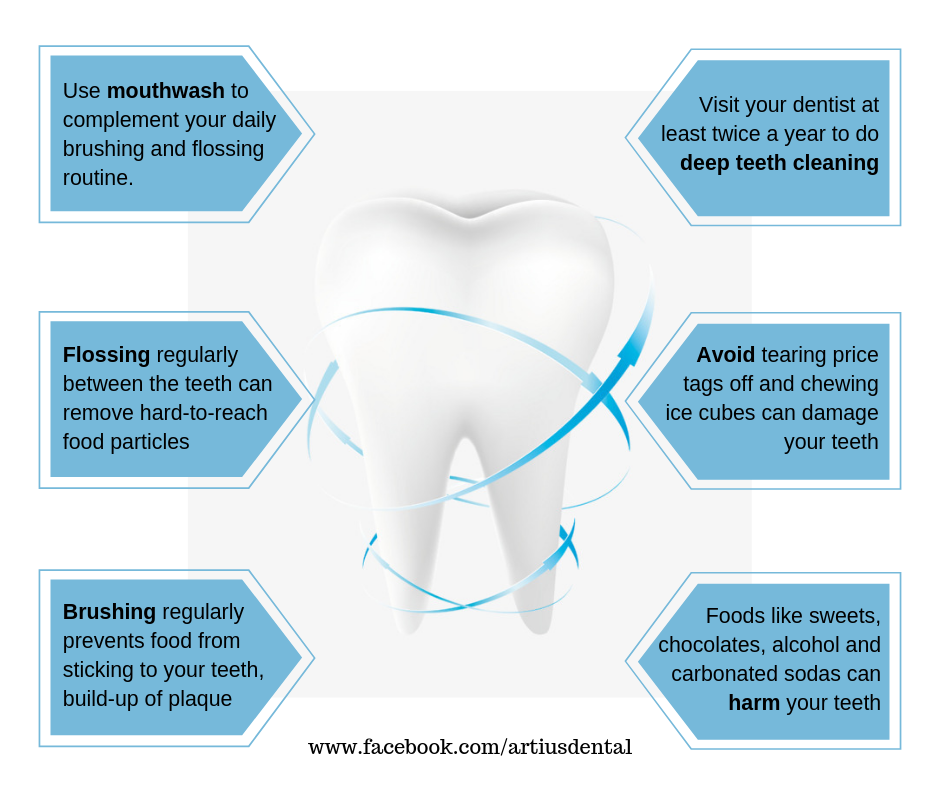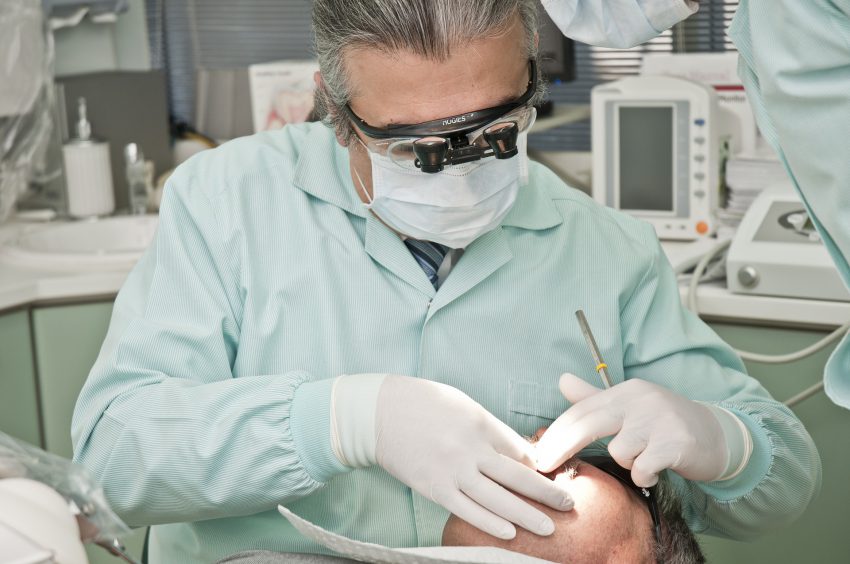If you’re wondering whether you need a deep dental cleaning, wonder no more. We’re here to discuss its importance as well as how often you’re required to have it.
Brushing and flossing regularly can help you fight against tooth decay, bad breath, and gum disease. These essential steps of good oral hygiene have numerous benefits, but they alone cannot ward off all dental problems.
What is a teeth cleaning? Is it necessary?
Some dentists think it’s necessary while others think it is not a crucial procedure. Also known as root scaling and planing, the deep cleaning treatment removes plaque and bacteria below the gumline to prevent bone loss that can loosen teeth and complicate dental conditions, such as diabetes and heart disease.
Having said that, keeping your teeth clean is a no-brainer, and oral health is one of the most underrated aspects of a person’s overall health. If you ignore the condition of your teeth and gums, it could lead to a variety of issues.
Of course, when we say teeth cleaning, we’re referring to a professional dental cleaning, not just brushing your teeth at home. Without professional cleaning, tartar and plaque can build up, discolour your teeth, affect your gums and bone, eventually leading to decay or tooth loss.
When should you have your dentist clean your teeth?
We recommend that adults and children should visit the dentist at least twice a year for routine teeth cleaning when teeth and gums are healthy.
For patients with periodontal disease, we recommend that you see the dentist every three months. For children with dental challenges or those who may need orthodontic treatment will likely need to see a dentist more frequently.
Alternatively, you can always check in with your dentist to find out how often you’d need a routine exam or deep cleaning teeth experience.
What happens during a teeth cleaning?
During a routine teeth cleaning, you’ll have a professional cleaning, an exam and possibly an X-ray. Your dentist may ask if you’ve had any recent dental problems or pain. It’s important to be completely honest. The exam will allow your dentist to catch any potential issues before they turn into major concerns or pain. This is when you should be upfront and honest about your past dental problems, allergies, and current medication.
X-Rays
Dental X-rays are a commonly used tool to evaluate the condition of your teeth and gums. These images help your dentist identify problems like cavities, tooth decay, and impacted teeth. X-rays are not necessary for each dental visit but they are just as important as your cleaning and exam with determining potential problems.
Cleaning
The dentist will start cleaning your teeth with a scaler – a metal tool with a small blade-like tip – to remove tartar and plaque below the gumline. If necessary, the dentist may use an ultrasonic tool to loosen the build-up and rinse it away with water.
The dentist will then polish your teeth with a moderately-abrasive paste before ending with some flossing. A professional teeth cleaning makes it harder for plaque to build up before your next dental appointment.
The time taken for teeth cleaning can vary depending on the condition of your teeth although usually, the whole appointment can last between 30 minutes and an hour.
Exam
After the cleaning, your dentist will look for signs of tooth decay using a small mirror and metal probe. Your gums will also be examined for signs of swelling or redness and your gum pockets are measure.
This portion of the exam helps your dentist spot signs of gum disease. He or she will also look for signs of oral cancer, especially in patients age 35 and older, as the disease is more treatable when caught early.

While brushing and flossing your teeth at home is great, but a deep teeth cleaning is still necessary and important. In order to have optimal oral health, you’ll want to get periodic dental cleanings from a professional. Speak with your dentist about any concerns you have with your teeth or gums and take an active role in creating and maintaining a bright and brilliant smile!
